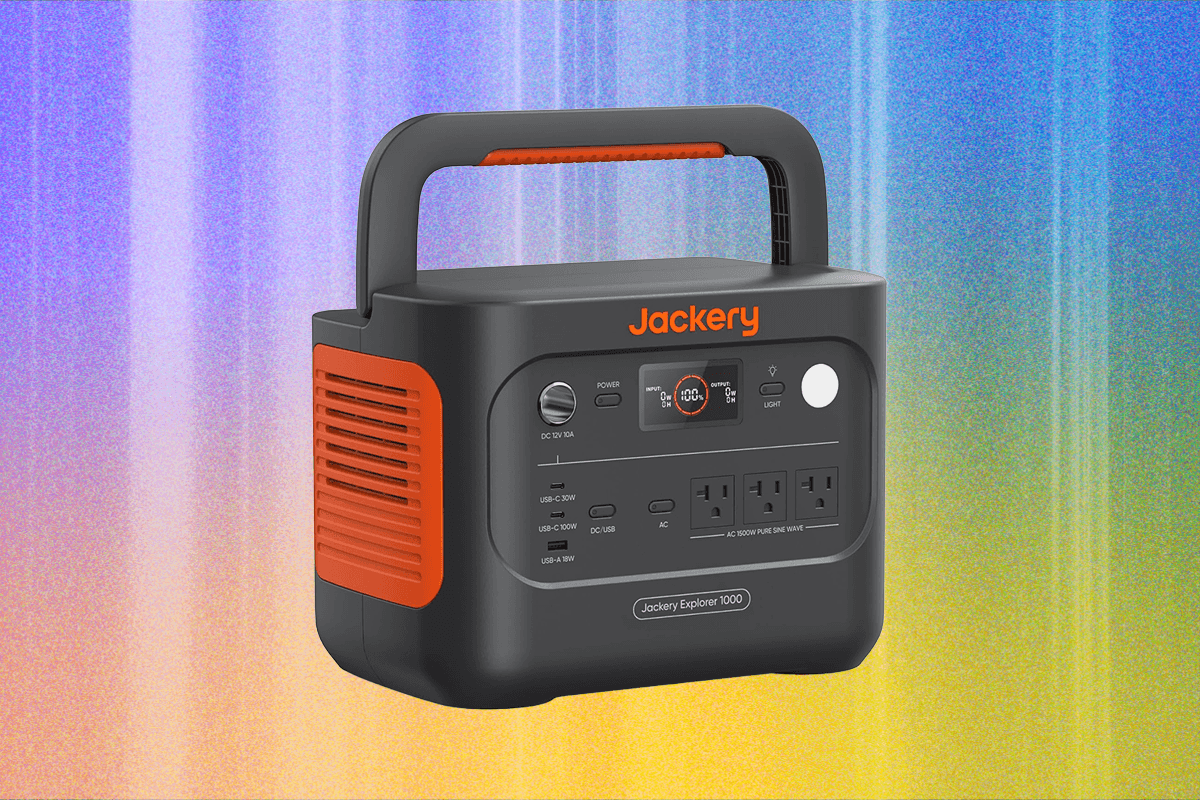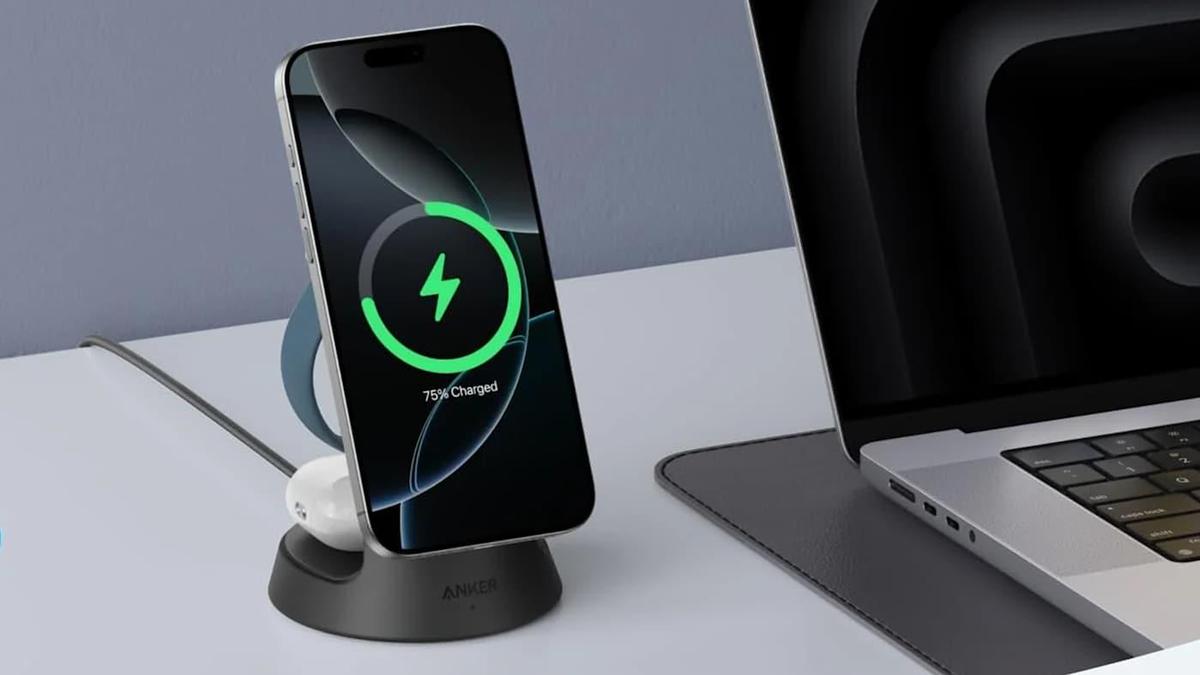Best USB-C Hubs for 2025: Expand Your Device’s Potential
Best USB-C Hubs for 2025: Expand Your Device’s Potential
Ultraportable laptops and tablets are amazing, but sometimes they need a little help in the ports department. That’s where a USB-C hub comes in handy. These little devices plug into a single USB-C port and give you a bunch more connections, like USB ports, HDMI, SD card readers, and even Ethernet. Plus, most let you charge your device while you’re using all those extras.
We’ve tested a bunch of USB-C hubs to find the best ones for different needs. Let’s dive in!
What to Look for in a USB-C Hub
Before you buy, here’s what to consider:
Hub vs. Docking Station
What’s the difference? Docking stations usually have way more ports, need their own power, and cost more (sometimes over $400!). Think of them as a full-blown expansion for your laptop. USB-C hubs are smaller, more portable, have fewer ports (4-10), and usually cost between $30 and $150.
- Hubs: Great for simple setups with a monitor, keyboard, mouse, and maybe an external drive. Easy to carry around. Ideal if you want to use your accessories with a more powerful tablet.
- Docking Stations: Perfect for complex setups with multiple monitors, webcams, microphones, and more. They offer a robust workstation setup.
Both make it easy to disconnect your laptop and go, then quickly reconnect everything with one cable when you return.
Ports: The More, The Merrier (Usually)
To work, a USB-C hub needs to plug into a USB-C port on your laptop or tablet that supports video, data, and power. This means it needs to be USB 3.0 or better (including USB4 and Thunderbolt 3/4).
Think about what you need to connect. Most hubs offer a mix of:
- HDMI: For connecting to monitors. If you want a 4K monitor with a smooth 60Hz refresh rate, make sure the hub has HDMI 2.0. HDMI 1.4 only does 30Hz, which can look laggy.
- USB-A and USB-C: For connecting accessories like keyboards, mice, and external drives. Look for faster transfer rates (5Gbps or 10Gbps).
- SD/MicroSD Card Readers: For transferring photos and videos from cameras.
- Ethernet: For a faster, more reliable internet connection than Wi-Fi.
- 3.5mm Headphone Jack: If your laptop doesn’t have one, this is essential for wired headphones.
Important: Some ports only provide power, not data. Check the specs carefully!
Power Delivery: Keeping You Charged
Most USB-C hubs support pass-through charging. This means you can charge your laptop or tablet through the hub, so you don’t have to use up another port. Many newer hubs offer 100W USB-C Power Delivery (PD), which can provide 80-85W to your device (the hub uses some power itself).
Design: Simple and Functional
Most hubs look pretty similar: a small, flat slab with a USB-C cable. They come in shades of black and gray. The length of the cable can make a difference – a longer cable gives you more flexibility in placement.
How We Test USB-C Hubs
We put these hubs through their paces! We consider:
- What can be plugged in at once.
- The resolution of the monitor output.
- Data transfer speeds.
- The build quality.
- General usability (port placement, cable length).
- Price-to-value ratio.
FAQ About USB-C Hubs
- Q: Will a USB-C hub slow down my internet speed?
- A: If you’re using the Ethernet port on the hub, it should provide a stable and potentially faster connection than Wi-Fi. However, the hub’s overall performance can be affected if you’re using many high-bandwidth devices simultaneously.
- Q: Can I use a USB-C hub to connect two monitors to my laptop?
- A: It depends on the hub and your laptop’s capabilities. Some hubs support dual monitors via HDMI and/or DisplayPort. Check the hub’s specifications and your laptop’s graphics card capabilities.
- Q: Are all USB-C cables the same?
- A: No. Some USB-C cables are only for charging, while others support data transfer and video output. Make sure the cable you’re using supports the features you need.
Key Takeaways
- USB-C hubs are a great way to expand the functionality of your laptop or tablet.
- Consider the ports you need and whether you need power delivery.
- Think about the difference between a hub and a docking station.
- Read reviews and compare specs before you buy.
By understanding your needs and doing a little research, you can find the perfect USB-C hub to boost your productivity and make the most of your devices.
Source: Engadget



